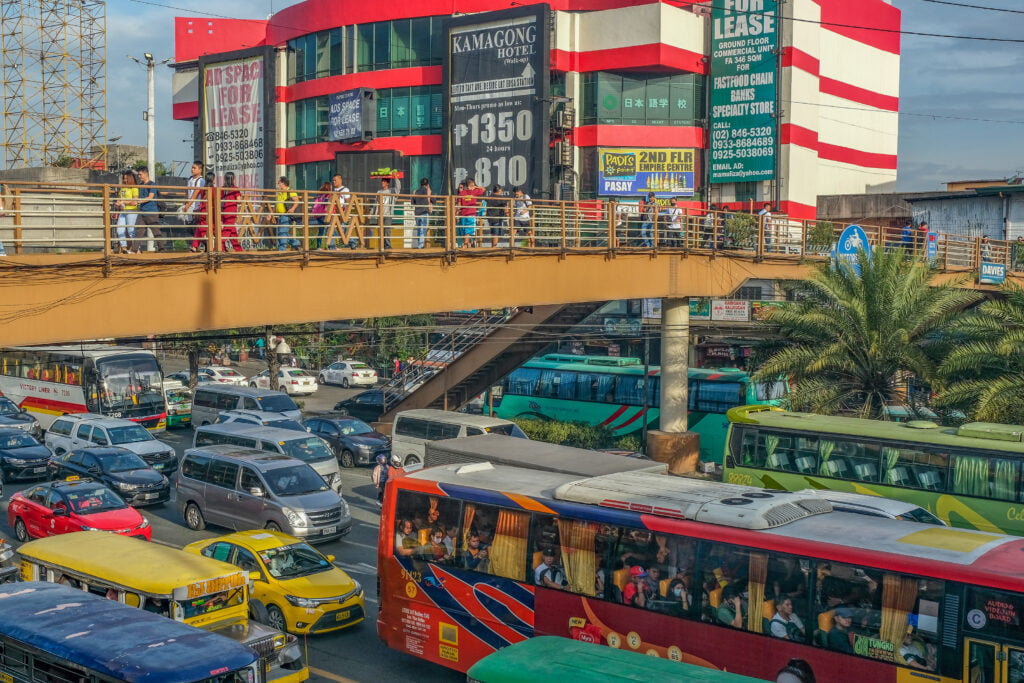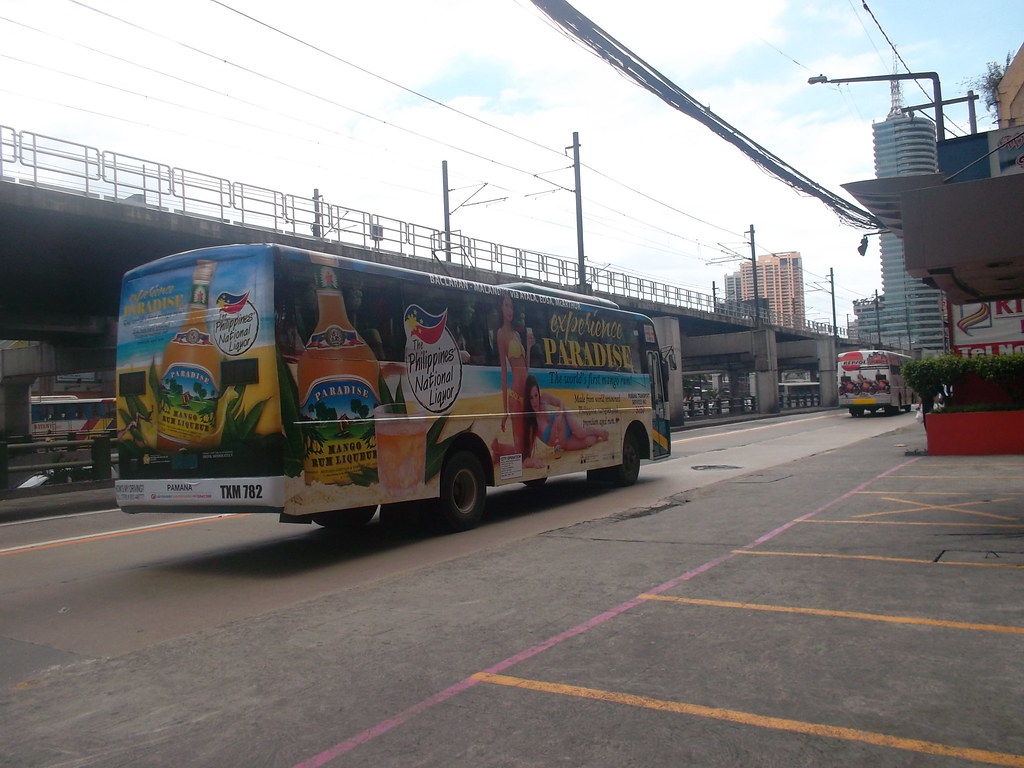A Thorough Evaluation of the Approaches and Techniques for Successful Transit Advertising Campaigns
Transit advertising campaigns use a special opportunity for brands to engage with diverse audiences in dynamic environments. To achieve success, it is vital to recognize the subtleties of target demographics, carry out ingenious style techniques, and select optimal placement areas. In addition, the performance of these projects can be substantially improved by very closely checking performance metrics and adapting strategies appropriately. As we discover these vital parts, it becomes clear that the path to an impactful transportation advertising and marketing method is both gratifying and intricate, elevating the question of just how ideal to navigate these complexities for optimal brand visibility.
Understanding Target Demographics
Recognizing target demographics is important for the success of transit marketing campaign (Transit Advertising Philippines). Determining certain target market sectors allows advertisers to customize their messages effectively, making sure that the content resonates with the desired visitors. This method boosts engagement and takes full advantage of roi
To efficiently assess target demographics, online marketers have to consider a number of crucial factors, including age, earnings degree, line of work, and lifestyle preferences. For example, a campaign targeted at young experts might concentrate on convenience and modernity, while one targeting households may highlight safety and security and reliability. Additionally, geographic elements such as metropolitan versus rural settings can substantially affect customer habits and preferences.
Data collection methods such as surveys, focus groups, and social media analytics provide important understandings right into market trends and consumer habits. By leveraging this information, advertisers can craft compelling stories that straighten with the worths and demands of their target market.
Eventually, comprehending target demographics not only informs the strategic instructions of transportation marketing campaigns but additionally makes certain that sources are assigned efficiently. This targeted approach increases the chance of attaining campaign purposes, cultivating brand commitment, and driving conversions.
Innovative Design Strategies
Efficient communication with target demographics relies greatly on ingenious creative layout methods en route advertising and marketing campaigns. To effectively record interest in a crowded aesthetic atmosphere, designers should prioritize quality and aesthetic effect. Utilizing high-contrast components and strong shades can improve visibility, making certain that messages are conveniently clear from a distance.
Integrating dynamic imagery that resonates with the target market is critical. Visual storytelling strategies can evoke feelings and develop unforgettable associations with the brand name. In addition, calculated use of typography assists convey vital information rapidly; suitable sizes and readable typefaces better enhance readability.
Incorporating interactive elements, such as QR codes or augmented reality functions, can engage commuters beyond passive observation (Transit Advertising Philippines). These techniques not only promote user interaction but also bridge the gap in between traditional advertising and digital involvement
Additionally, utilizing space artistically-- whether on bus covers, transportation sanctuaries, or train advertisements-- can cause ingenious designs that break the mold and mildew of traditional advertising and marketing. By accepting artistic imagination while keeping brand uniformity, projects can cultivate a solid link with their audience, eventually driving both awareness and action. The assimilation of these style methods is critical for achieving successful transit marketing end results.
Strategic Positioning Techniques
Making the most of the impact of transportation marketing rests on strategic positioning techniques that ensure optimum exposure and interaction. Effective positioning includes understanding and analyzing high-traffic locations guest demographics to determine one of the most beneficial places for ad display screens. For circumstances, positioning advertisements near entryways and leaves of transit lorries can capture the interest of boarding and alighting guests, thus improving exposure.
Furthermore, making use of both exterior and interior surface areas of transit cars can significantly expand reach. Outside ads, noticeable throughout commutes, engage pedestrians and other vehicle drivers, while interior advertisements target guests in a captive atmosphere. In addition, placing ads in transit hubs, such hop over to these guys as bus terminals or train stations, permits enhanced impressions as travelers change between different settings of transportation.
Timing is additionally crucial; straightening the project launch with peak travel periods takes full advantage of target market involvement - Transit Advertising Philippines. Furthermore, leveraging digital screens en route atmospheres can promote vibrant content, improving and supplying real-time updates customer communication. By using these strategic placement methods, marketing professionals can make certain that their transportation advertising campaigns accomplish optimal presence, reverberate with the target audience, and eventually drive wanted outcomes

Gauging Project Performance
To assess the success of transit marketing campaign, it is necessary to use a selection of dimension strategies that give insights into audience engagement and overall efficiency. One Click Here main approach is using key performance indicators (KPIs), such as reach, impressions, and interaction prices, which measure exactly how many people saw the advertisement and connected with it.
Surveys and emphasis groups can also contribute in determining consumer perceptions and recall, enabling marketing experts to recognize the effect of their messaging. Additionally, tracking internet site traffic and social media involvement throughout and after the campaign aids determine straight actions to the advertising.
An additional efficient strategy is using location-based analytics, which can provide information on foot web traffic around specific transportation areas, providing understandings into whether the project successfully caught the attention of commuters. Additionally, analyzing sales data can expose relationships between transportation advertising and marketing and enhanced income, offering concrete proof of a project's efficiency.
Study of Success
Comprehending the efficiency of transportation ad campaign with dimension techniques prepares for taking a look at real-world instances that illustrate successful outcomes. One noteworthy situation study involves a national beverage brand name that made use of bus covers in urban areas. The campaign intended to increase brand name exposure and sales during the summertime. By employing geo-targeted electronic ads and analytics, the brand determined a 30% boost in sales in regions where the wraps were prominently shown, showing the straight effect of transportation advertising and marketing.
One more compelling example comes from a regional nonprofit organization that launched a campaign on metro systems to advertise a neighborhood occasion. The organization integrated lively visuals with QR codes routing travelers to an enrollment web page. Post-campaign analysis exposed a 50% boost in occasion attendance contrasted to the previous year. The usage of direct imp source involvement with innovation magnified the campaign's reach and performance.

Conclusion
In recap, successful transportation advertising and marketing projects require a detailed strategy that incorporates an understanding of target demographics, innovative design techniques, and strategic positioning. Jointly, these methods foster brand name existence and make best use of the return on financial investment in transportation advertising and marketing campaigns.
Recognizing target demographics is critical for the success of transportation marketing campaigns.Efficient communication with target demographics relies greatly on cutting-edge imaginative style methods in transit advertising projects. By using these calculated placement methods, marketing professionals can make sure that their transit advertising projects attain maximum visibility, reverberate with the target audience, and inevitably drive preferred outcomes.
Recognizing the performance of transit advertising projects with measurement strategies lays the groundwork for examining real-world instances that show effective results.In summary, effective transit advertising and marketing projects necessitate a thorough technique that integrates an understanding of target demographics, cutting-edge style strategies, and calculated placement.
Comments on “Transit Advertising Philippines for Unmatched Brand Visibility”